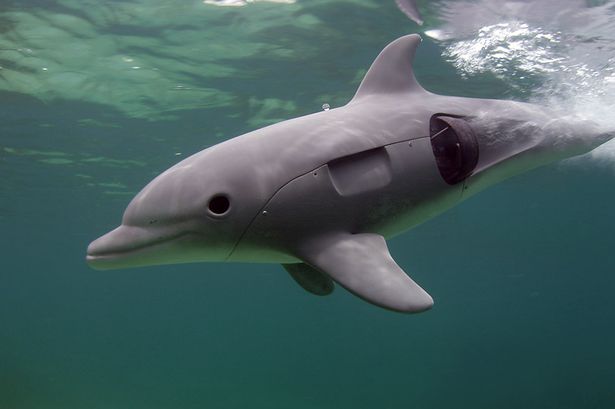Robot Dolphins Help Scientists Understand Antarctic Ice Melt
By Rhodi Lee
Robotic dolphins have helped shed light on the mechanism behind Antarctica’s declining glaciers, which scientists suspect to be melting from bottom up and is crucial to understanding climate change.
In a new study, which was published in the journal Nature Geoscience on Nov. 10, Andrew Thompson, assistant professor of environmental science and engineering at the California Institute of Technology, and colleagues used yellow robot ocean gliders measuring about six feet long to gauge the salinity, temperature and oxygen levels of the depths of the Weddell Sea in West Antarctica.
 Compared with large ships, the gliders, which were remotely controlled, are small and energy-efficient so they can sample the waters for longer periods of time and allow researchers to identify ocean features that could not have been feasible to study using other means.
Compared with large ships, the gliders, which were remotely controlled, are small and energy-efficient so they can sample the waters for longer periods of time and allow researchers to identify ocean features that could not have been feasible to study using other means.
Thompson said that changes that occur in the Polar Regions tend to amplify posing problems to researchers who want to conduct observations in the area.
“One of the challenges of using ship-based oceanography is that it’s difficult to stay out for long periods of time. Life gets in the way, sometimes,” Thompson said.
The robots send data through satellite mobile phone technology when they surface every few hour hours, allowing the researchers to immediately access the information that the gliders have gathered. Each of the gliders places a satellite “call” home about five or six times a day.
The measurements reveal that the warm salty water that reaches the Antarctic continental shelf and which contributes to the melting of the coastal ice, is transported by eddies, swirling underwater storms produced by the currents of the ocean.
